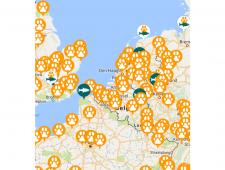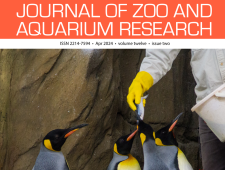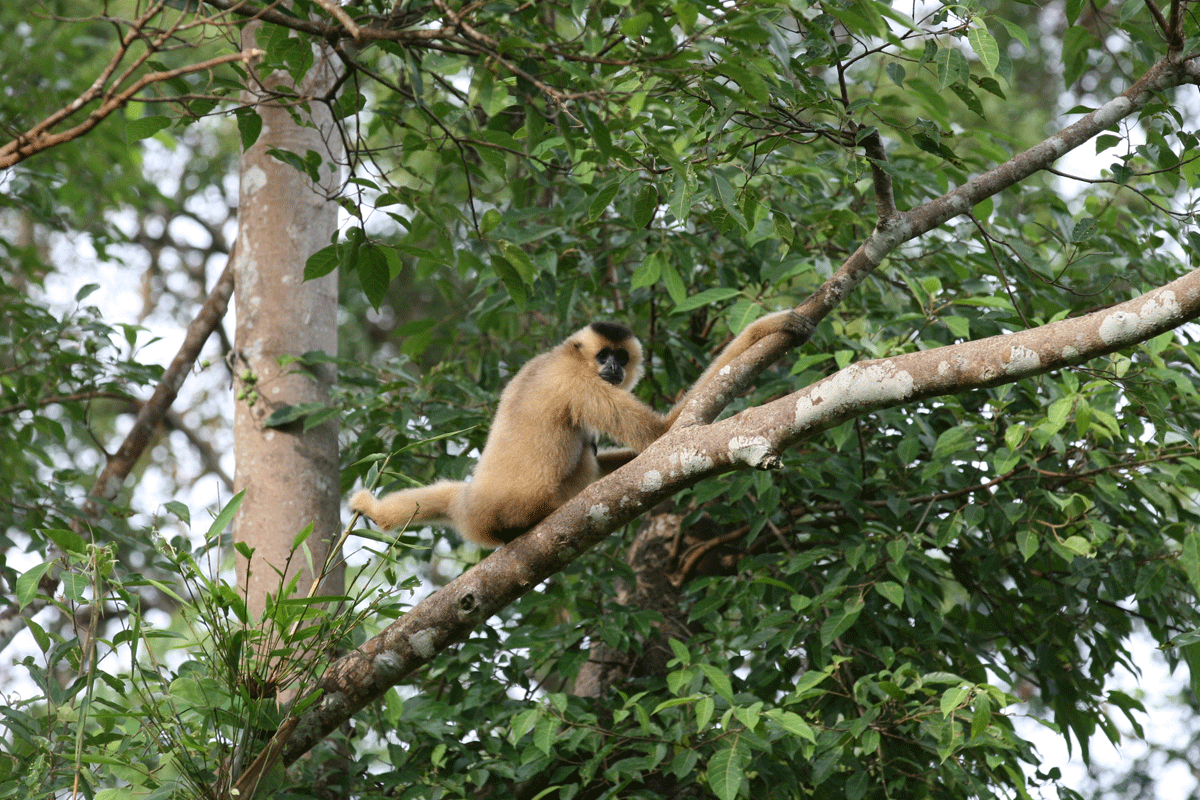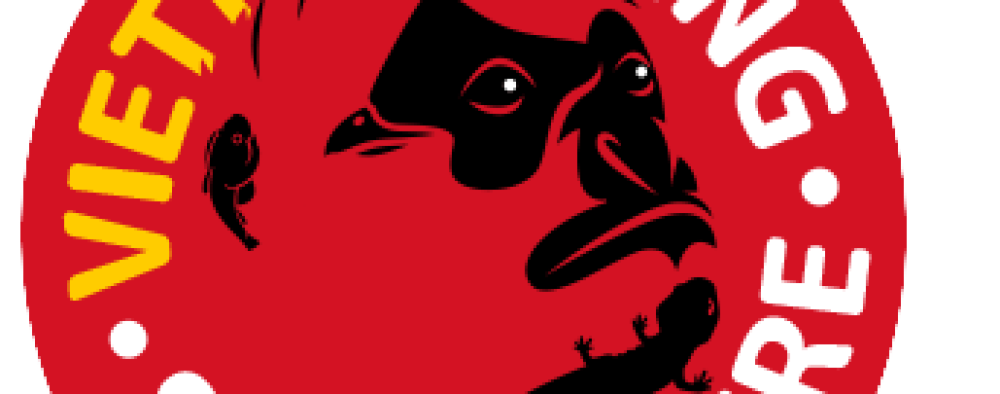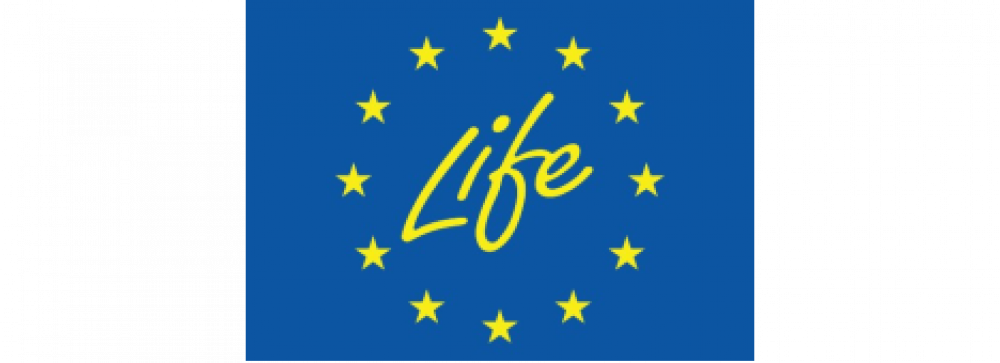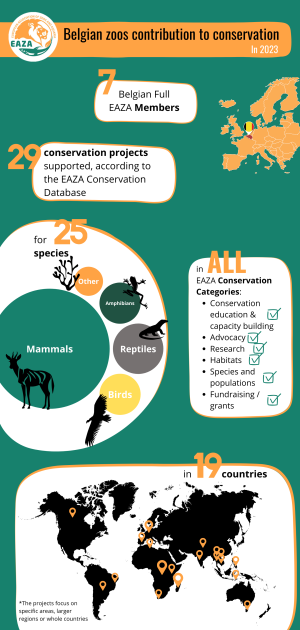Wildlife Conservation
In recent years, our effect on the planet has been devastating, with a massive decline in animal numbers and habitats across the globe. EAZA has never believed that keeping animals in our institutions replaces action in the wild - but experience also shows us that the knowledge and finance that we and our visitors can provide to field conservation projects can make a huge difference. EAZA believes that zoos and aquariums form one pillar of the structure that is needed to safeguard the future.
Our approach to species conservation, called the One Plan approach, recognises that zoos and in situ conservationists need not only to work together to protect animals, but also to engage the public of their communities to take the lead in demanding action from authorities, governments, corporations and themselves so that together we can reduce the stress on endangered species and their habitats.
EAZA Members:
- provide financial and human resources to help field conservation projects protect wild animals and their habitats
- work to ensure that many of the most endangered species populations in our zoos and aquariums are intensively managed to ensure their survival
- participate in EAZA conservation campaigns that draw our visitors' attention to the crisis in nature, raise funds and promote public involvement in conservation
- collaborate wherever possible with partners such as the International Union for the Conservation of Nature (IUCN) to provide assistance to their conservation activities
- conduct research which provides valuable insights into the protection of wild populations
In short, EAZA believes that the future of nature depends on all of us; and that EAZA zoos and aquariums can act as a portal for their local communities into conservation across the world.
EAZA Conservation Database and Map
The EAZA Conservation Database is an online tool to facilitate communication on conservation efforts of our Members within as well as outside of the zoo and aquarium community. Click here to visit the EAZA Conservation Database (Members only)
Interested in what projects, species and activities have been supported by EAZA Members and where these take place? The EAZA Conservation Map uses information from the EAZA Conservation Database to provide visitors of our website an insight. Click on the map to explore it! Functionalities within the EAZA Conservation Map are continually improving as our Members are making their information available over time.
The information represented in the EAZA Conservation Map is based on information provided by EAZA Members in the EAZA Conservation Database and believed to be reliable. EAZA makes a diligent effort to provide a complete and accurate representation of the data in reports, publications, and services. However, EAZA does not guarantee the accuracy, adequacy, or completeness of any information. EAZA disclaims all liability for errors or omissions that may exist and shall not be liable for any incidental, consequential, or other damages (whether resulting from negligence or otherwise) including, without limitation, exemplary damages or lost profits arising out of or in connection with the use of this information. No part of information gathered from the EAZA Conservation Map may be reproduced for use in hard copy, machine-readable or other forms without advance written permission from EAZA and the EAZA Members from which the information originates.
Conservation Database Snapshot of June: Small country, big impact!
This month we are trying a new snapshot format! As Belgium’s EU Presidency is coming to an end, we decided to look at our Belgian Members’ conservation work.
There are only 7 Full EAZA Members in Belgium: Bellewaerde, Monde Sauvage, Tournai Museum-Vivarium, Pairi Daiza, Han-sur-Lesse Zoo, Zoo Antwerp and Zoo Planckendael.
Despite the small number, their conservation work is wide! According to the EAZA Conservation Database, in 2023, they have supported 29 projects in 19 countries, covering all the continents except Antarctica.
These projects help protect over 20 species and include various categories of activities, such as:
- Advocacy, Conservation Education and Capacity building: Community awareness activities and patrolling programmes to protect the remnant Komodo dragons (Varanus komodoensis) in Indonesia
- Species and Populations: Breeding and release of the European yellow-bellied toad (Bombina variegata) in Belgium
- Habitats, Research, Species and Populations: Scientific study assessing the effects on Anthozoa corals of increased sedimentation due to deforestation in Madagascar
- Fundraising/Grants, Habitats, Species and Populations: Providing financial support to assist Thai villagers in their long-term efforts to protect the nests of hornbills, hereby minimalizing the risk that poachers collect females with their chicks or chop down nesting trees.
Many of these projects are supported together with other EAZA Members outside Belgium. Find out more about them in the EAZA Conservation Database and click on the infographics to zoom in.
2022 Snapshot updates
Find here the latest achievements of the projects highlighted in 2022 for the Conservation Database Snapshots. For a better view, click on the image. For more information about our Members' conservation work, visit our Conservation map.

